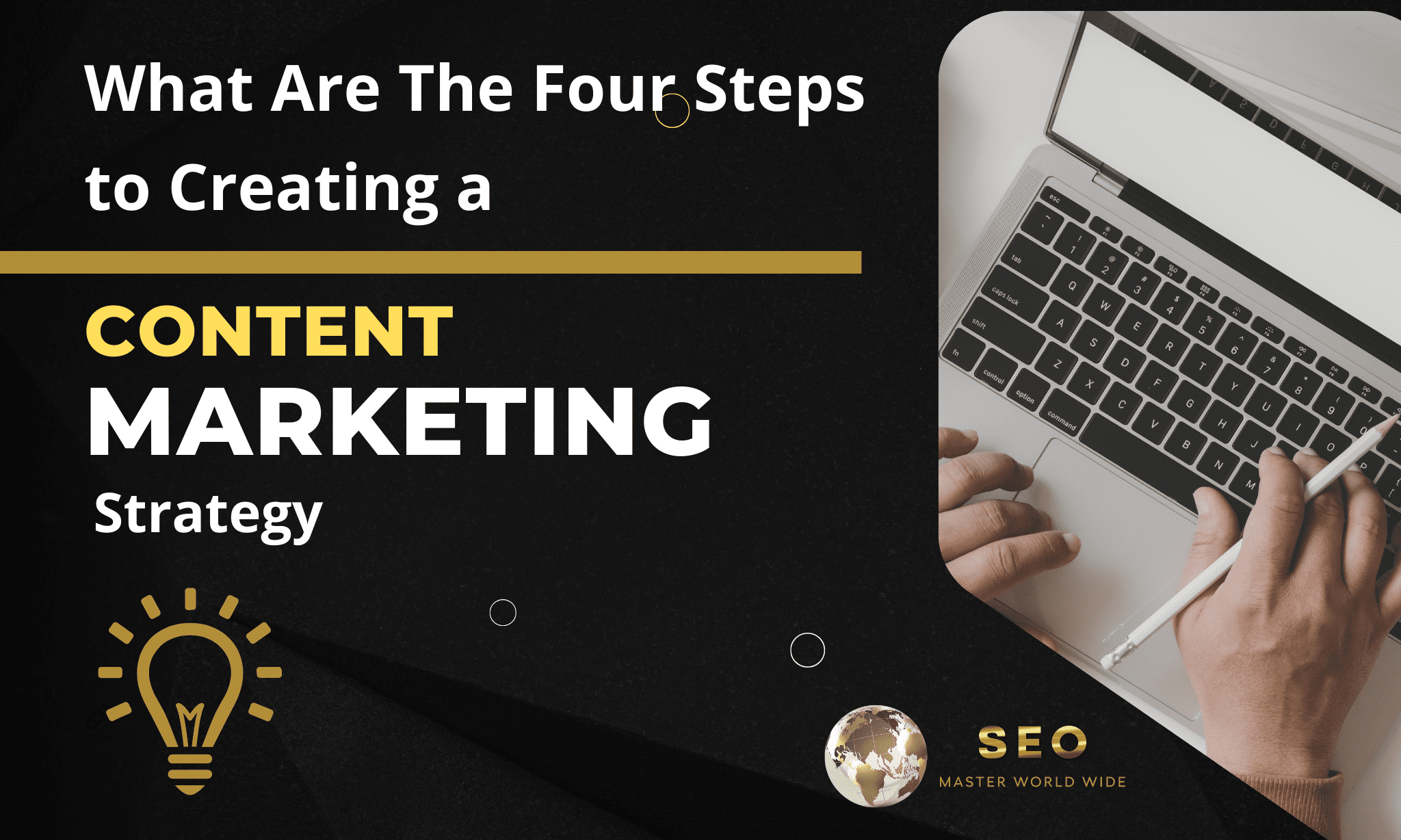In this day of advanced digital technology, content marketing is quickly becoming a crucial component of any successful marketing campaign. It requires generating and sharing valuable, relevant content in order to capture and maintain the attention of a target audience and ultimately promote profitable consumer behavior.
However creating a content marketing strategy that works needs thoughtful planning and practice. This article will walk you through each phase of the process in depth and offer you enlightening analysis and practical suggestions to help you create a thorough content marketing plan that produces quantifiable outcomes.
Step 1 Identify Your Purpose And Goals
Prior to beginning any content creation, it is important to establish your content marketing campaigns’ aims and objectives. Your objectives should support your larger business goals and provide a route to achievement. Use these actions to address this phase in more detail
Start by figuring out what your organization’s primary goals and objectives are. Enhancing customer retention, expanding one’s audience, increasing revenue, and increasing brand visibility are a few examples.
Put another way, aim to add thirty percent more website visitors in the next six months.
Measurable: Monitor traffic information such as the number of unique visitors, page views, and session durations by following website analytics.
Practical: Assess current levels of traffic and establish strategies to produce modest rises via content marketing initiatives.
Relevance: match overarching business objectives, such as attracting specific prospects and increasing brand recognition.
Time-Bound: Set a six-month deadline for finishing the work; this will aid in focus and instill a feeling of urgency.
Step 2 Be Aware Of Your Target
To effectively create content that resonates and engages, you must have a thorough understanding of your target audience. You can modify your material to suit their requirements and interests by learning more about their demographics, tastes, and habits. This is how you complete this step:
Make use of a variety of research techniques to compile data regarding your intended audience. This could include behavioral patterns, psychographic insights, and demographic information. Techniques like social media analytics, interviews, and surveys can offer insightful information about the problems and preferences of your audience.
Construct Buyer Personas
Create detailed buyer personas that represent different potential client segments. The characteristics of these characters should include age, gender, occupation, interests, challenges, and goals. Empathy for your audience makes creating content that speaks to their specific needs and motivations easier.
Divide Up Your Audience: Acknowledge that there are a variety of needs and preferences among your audience. Divide your audience into groups according to demographics, region, purchasing patterns, and customer journey stages. This enables you to target particular audience segments with content more successfully.
One segmentation example for an audience is as follows:
– Segment 1: Young professionals (ages 25–35) who are motivated to grow personally and professionally.
– Segment 2: Parents looking for travel experiences that are suitable for their family, aged 30-45.
– Segment 3: Small business owners aged 35-55 searching for cost-effective solutions to streamline operations.
Step 3 Development And Dissemination Scheme
It’s time to create a strategic plan for content creation and distribution now that you have a firm grasp of your objectives and target audience. This entails deciding what kinds of content you’ll create, where and when to post it, and optimizing for the most exposure and interaction. Here’s how to carry out this step efficiently:
Decide on Content Types and Formats: Take into account the many kinds of content that appeal to your audience and support your goals. Blog entries, articles, films, infographics, podcasts, webinars, case studies, and social media updates can all fall under this category. Select formats that will most effectively highlight the experience of your brand and benefit your target audience.
Ideas for Content Topics: Come up with topics of discussion that speak to the concerns, issues, and interests of your intended audience. To find pertinent subjects and search patterns in your sector, conduct keyword research. To find hot subjects and pertinent keywords to include in your article, use tools like AnswerThePublic, SEMrush, and Google Keyword Planner.
Make a Content Calendar: Determine the subjects, formats, and timing of the content you will publish by creating a content calendar. When determining the best times to release content, take into account things like audience preferences, industry events, and seasons. While guaranteeing a consistent flow of material to interest your audience, a content calendar helps you stay organized and consistent in your content development efforts.
The best distribution channels for your material should be chosen after taking into account the online activities of your target audience. These might be your website, blog, social media accounts, email newsletters, YouTube channels, or discussion boards for your sector. To efficiently reach your target audience across numerous touchpoints, customize your content distribution approach.
A blog or website that publishes thought leadership articles, how-to instructions, and long-form articles is an example of a content distribution channel.
– Social media: Post user-generated material, bite-sized content, and graphic assets on sites like Facebook, Instagram, Twitter, LinkedIn, and TikTok.
– Email Newsletters: Send subscribers curated content, product updates, and special offers through email newsletters.
– YouTube Channel: To engage viewers, post video tutorials, product demos, and client endorsements.
– Improve material Visibility and Discoverability: Make sure your material is optimized for search engines (SEO) to increase its online discoverability and visibility. Use keyword research to find pertinent search terms, then add them to headings, titles, meta descriptions, and content. Prioritize producing useful, high-quality content that fulfills user intent and adds value for your readers.
Step 4 Measurement And Analysis
In order to assess campaign performance, pinpoint areas for development, and plan out future strategies, it is imperative that you measure the results of your content marketing initiatives. Continuous improvement can be achieved by refining your plan and analyzing data insights through the tracking of key performance indicators (KPIs). Here’s a method for approaching analysis and measurement:
Define the term KPIs, or key performance indicators:
Decide which metrics best fit your aims and goals for content marketing. Website traffic, conversion rates, lead generation, sales attribution, engagement metrics (likes, shares, and comments), and return on investment (ROI) are examples of common key performance indicators (KPIs). Select KPIs that offer valuable insights into how well your content drives the intended outcome.
Put into action Mechanisms for tracking:
To keep an eye on how well your material is performing across several media, set up monitoring systems and analytics tools. Use tools like email marketing software, social media analytics dashboards, customer relationship management (CRM) systems, and Google Analytics to gather pertinent data. To obtain practical insights into audience engagement and content efficacy, monitor user behavior, traffic sources, conversion paths, and other interactions.
Examine and evaluate performance data regularly to spot trends, patterns, and potential improvement areas. To determine whether content assets are producing significant results, look for correlations between content engagement indicators and business outcomes. Analyze the performance of your content across various forms, channels, and audience segments to find the advantages and disadvantages of your chosen approach.
Conclusion:
In conclusion, the foundation of an effective brand promotion plan is a strong content marketing strategy. Businesses may successfully engage with consumers and spur growth by defining clear objectives, comprehending their audience, producing insightful content, and routinely tracking their progress. When content marketing is done strategically, it can be a very effective tool for creating authority, fostering connections, and eventually accomplishing corporate goals.





